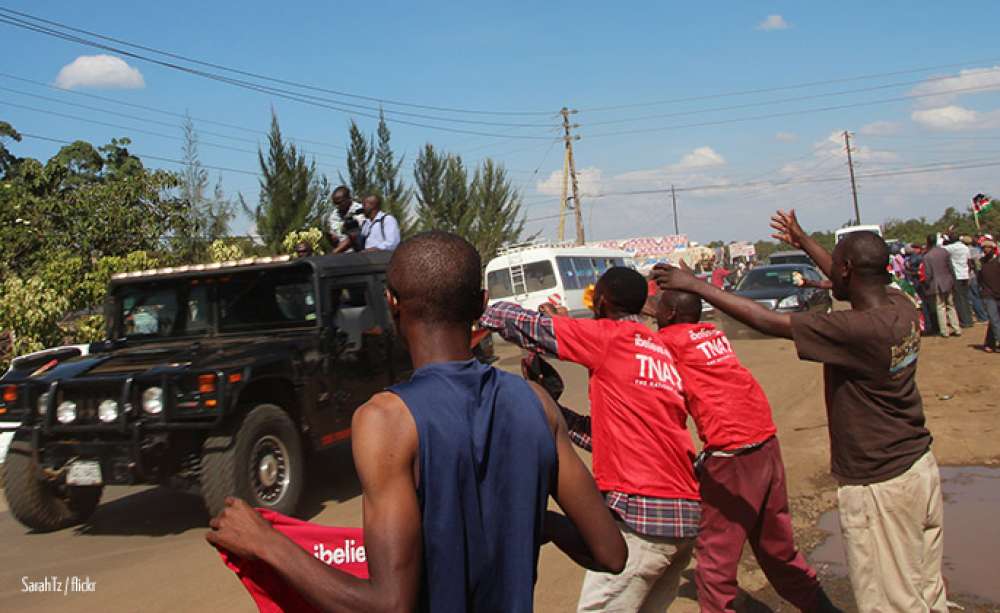Bringing the Non-Coercive Dimensions of R2P to the Fore
The Case of Kenya

Introduction
In public discourse and scholarly analyses, the “Responsibility to Protect” (R2P) is often reduced to military intervention. As other articles in this special issue show, the coercive elements of R2P are the basis for many of the controversies surrounding this norm. From the outset, however, military means comprised only some of the many instruments enshrined in the founding documents of R2P and in the wider toolbox of protection from mass atrocities. A range of political, economic and judicial means was always an integral part of the conceptual debate and R2P’s operationalization in the United Nations system.
This article focuses on a case that highlighted for the first time other non-coercive modes of international interventions and corresponding norms of protection: the regional and international mediation efforts and the diplomatic initiatives in response to the ethnic violence that followed the 2007 presidential elections in Kenya. Based on this case, the article analyses debates on both R2P and on international criminal justice in subsequent years. It scrutinizes two assumptions — namely, that the case of Kenya is indeed an example of R2P’s successful application, and that the case had a lasting impact on the development of R2P. The analysis reveals an ironic twist: many call Kenya an R2P success case precisely because R2P was only marginally invoked during the events and then used as a post-hoc frame by those who support R2P and its wider toolbox, including mediation and criminal justice.
Thus, Kenya does not constitute a clear-cut R2P case, since the international community did not invoke this principle forcefully. The case is nonetheless relevant for the future trajectory of R2P. After a brief overview of the events in Kenya in 2007 and 2008, this article analyses the references made to R2P, systematizes the arguments along the dimensions of this special issue’s conceptual framework and argues that these references reinterpreted the events and the role of R2P in Kenya primarily after the end of the international mediation efforts. A subsequent section analyses the impact of these discourses on the future trajectory of R2P.
The article finds two main consequences. First, the post-hoc interpretation of Kenya as an R2P case was a successful framing effort to highlight R2P’s non-coercive means in the run-up to the 2009 UN General Assembly debate, which centered on the theme of operationalizing R2P. Second, it contributed to the enshrinement of international criminal procedures in the toolbox of the norms of protection.
The full article is available from Global Society.







